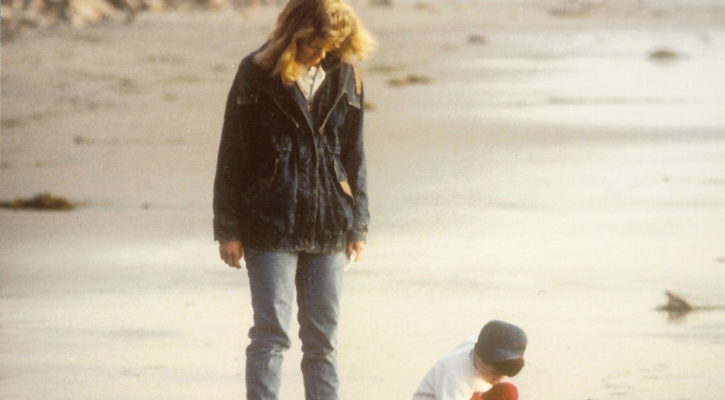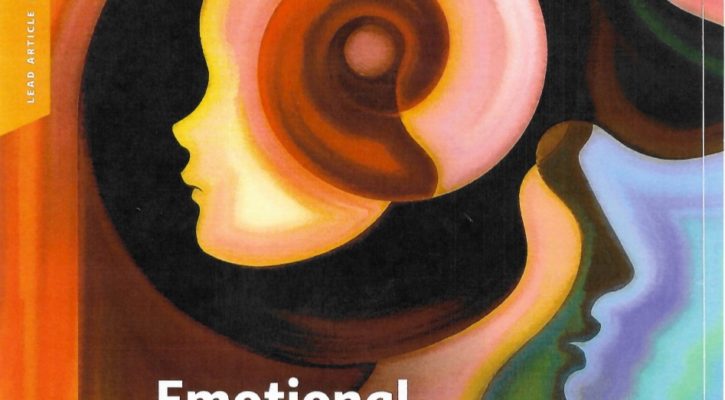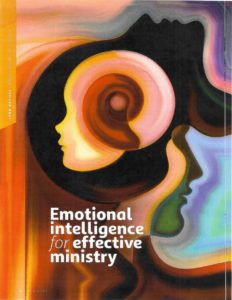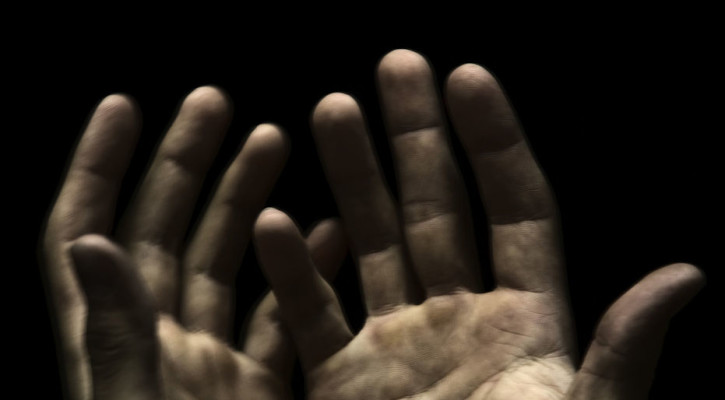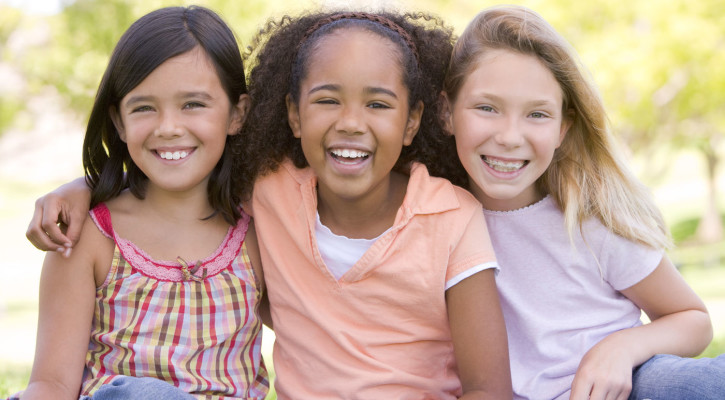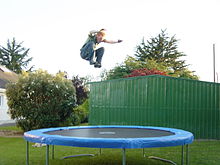“To err is human; to forgive, divine.” – Alexander Pope
With each New Year, my resolutions are focused on trying something new or focused on a character-building quest. One of my resolutions for 2012 was to learn more about the act of “forgiveness” as I am challenged. It isn’t easy for me to forgive. I have used it at times as leverage. “Hope someday I can forgive you!” I have a difficult time separating forgiveness with condoning. I feel that if I forgive then I must be condoning behavior or actions.
A couple of decades ago, my son with autism was attending a public junior high school and was bullied relentlessly. As a result of his challenges with communication, he drew a picture of himself being hung. Above his head, he wrote the students’ names of those that were harassing him along with the words “autism a pariah.” The picture got into the hands of the parents of those students and they reacted saying the picture was a “hit list” of the names my son was going to target. Those parents would not allow their children in school if my son was there. The school authorities looked at the situation as losing “many students versus one” in attendance; they did not allow my son back for a few days.
I requested a parent meeting to explain this misunderstanding, but not one parent showed. My son obsessed. He wanted to clear up this mess by writing each parent a letter of apology for scaring their children; never his intent. He explained that the picture was expressing his feelings due to the treatment he was receiving. It was clear to me, the school psychologist and his social worker. Unfortunately, the parents reacted before getting the facts.
My Research on Forgiveness
The definition of forgiveness is to excuse an offense or pardon. During 2012, I read many books on my quest to forgive. I understand that when we don’t forgive, we hold feelings of bitterness, resentment and hate. According to neurosurgeon and author of Gray Matter, Dr. David Levy states “The idea that bitterness was the source of health problems would not have made sense to me earlier in my career, but over time I became convinced that one of the greatest thieves of joy and health is the unwillingness to forgive the people who have hurt us… Bitterness kills like a disease. Releasing bitterness can dramatically help the underlying causes of many physical ailments.”
I thought forgiveness only had spiritual benefits. Dr. Levy explains further that forgiving others is part of whole body healing. When we don’t forgive, it affects us spiritually, emotionally, and physically.
Unforgiveness contributes to chronic illness. According to the Mayo clinic, people who hold grudges have increased blood pressure and heart rates. The benefits of forgiving include less anxiety, stress and hostility lowering blood pressure with fewer symptoms of depression, and will lower the risk of alcohol and drug abuse. Forgiveness can change ones life by bringing peace, happiness, emotional and spiritual healing.
My quest included a look into the Bible. As I researched forgiveness, these biblical scripture stood out.
“Be kind and compassionate to one another, forgiving each other just as in Christ, God forgave you,” Ephesians 4:32
“Do not judge others, and you will not be judged. Do not condemn others, or it will all come back against you. Forgive others, and you will be forgiven,” Luke 6:37
“With the measure we use, it will be measured to us,” Matthew 7: 2
In the book The Blessings of Adversity, author and US Senate Chaplain Dr. Berry Black states that receiving divine forgiveness is linked to our willingness to forgive others. In Matthew 6:12, it states “forgive us our debts as we forgive our debtors.” We need to cancel their debt to us and release them to God. Freedom. “Make allowance for each other’s faults, and forgive anyone who offends you. Remember, the Lord forgave you, so you must forgive others,” Colossians 3:13.
Christ’s Spiritual Discipline The book of Mark is a beautiful timeline of Christ’s life highlighting His spiritual practices; He is our perfect role model. Christ’s spiritual discipline of forgiveness is one I want to emulate. He was spat on. Ridiculed. Murdered. Yet He forgave, “For they know not what they do.”
That junior high incident affected both my son and me. The hurt and humiliation followed us for several years. Why didn’t those parents get the facts first before reacting? It felt like malicious intent. Bullying. Role models for their children. Many don’t understand the ramifications of hurt that can scar for a lifetime. “For they know not what they do.”
The Gift of Forgiveness – Freedom The words from the song Forgiveness by Matthew West hits home. “When the pain they caused is just too real…set it free…forgiveness…the prisoner it really frees is you!” Freedom.
My year of 2012 ended with a sermon on forgiveness; God’s timing is always perfect. The pastor (my brother) said “Forgiveness is a supernatural act of God. Surrender. Let go and let God.” At that moment I realized I can not do this alone. To forgive is truly divine; a supernatural gift from God.
Click here for a audio version of this blog.

